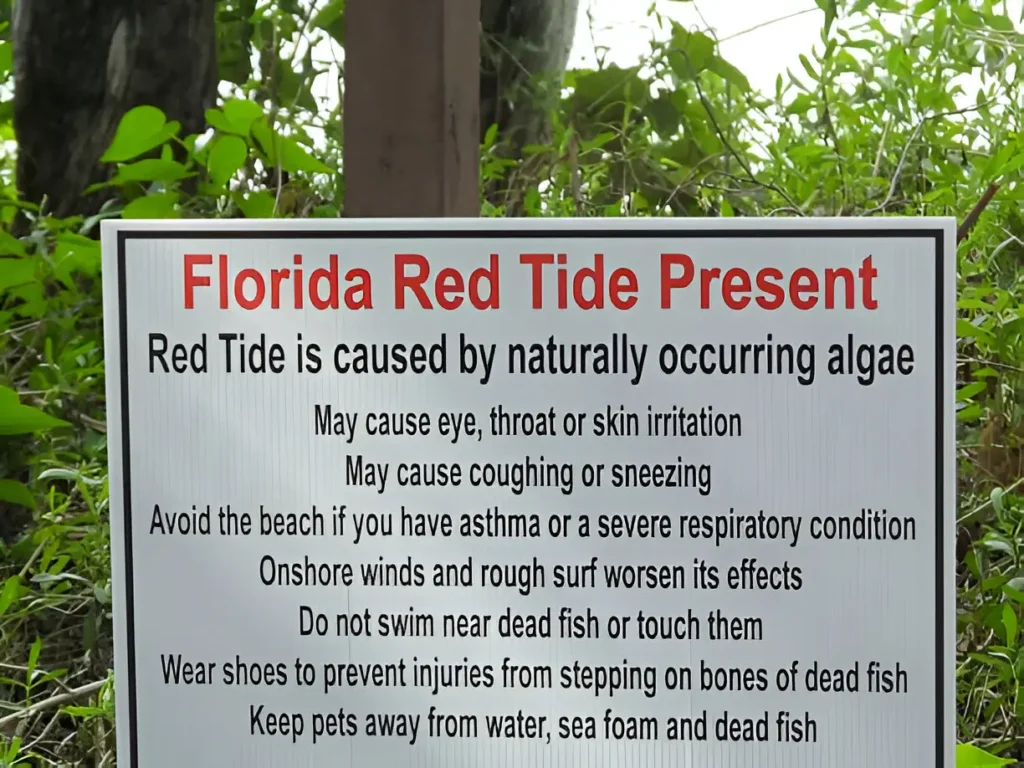Trees are an integral part of our environment, offering shade, beauty, and a habitat for wildlife. However, there are times when a tree poses more risks than benefits, threatening the safety of people and property. Recognizing the signs that necessitate professional tree removal service is crucial to prevent potential damage and maintain a safe environment. Below are the key indicators that it’s time to consider removing a tree from your property.
Tree Disease and Pest Infestations: When Tree Removal Is The Best Option
Tree diseases and pest infestations can transform a once-healthy tree into a danger to its surroundings. Symptoms like discoloration, abnormal growths, and the presence of pests such as beetles or borers may warrant a consultation with a tree professional.
Diseases can spread quickly if not addressed, potentially affecting nearby healthy vegetation. In particular, fungal infections can severely weaken a tree’s structure, causing it to become a fall risk.
When treating the infection or infestation is not feasible or practical due to the extent of the damage, removal may be the most responsible decision. This not only eliminates the risk of collapse but also prevents the problem from spreading to other trees.
Impact of Weather Damage: Identifying When the Trees Can’t Recover
Severe weather events like storms, high winds, or lightning strikes can leave trees damaged beyond repair. While some trees can recover from minor damage, others may be left in a fragile state that poses a significant risk.
A tree that has been partially uprooted or has a considerable amount of broken limbs may show an immediate need for removal. Such structural damage often undermines the tree’s stability and strength, making it incapable of withstanding further stressors.
For many homeowners, it’s difficult to decide when to remove a tree affected by weather. Professional arborists can provide the insight needed to make this important decision, prioritizing safety over sentiment.
Structural Concerns: When the Trees Threaten Your Property and Infrastructure
Trees with expansive root systems can be particularly problematic, posing a threat to foundations, underground pipes, and sidewalks. Monitoring the proximity of large trees to such structures is essential in preventing costly damage.
In urban settings, the limited space may cause trees to grow too close to buildings or power lines. These situations often require intervention to prevent potential accidents or interruptions in utility services.
Proactive tree management is key. Sometimes, strategic pruning can prevent the need for removal, but if a tree poses an imminent threat to structures or infrastructure, the expertise of a tree removal service becomes indispensable.
Seasonal and Regulatory Considerations in Your Tree Removal Decisions
When considering tree removal, it’s important to factor in seasonal influences. For example, dormant season removal can minimize the impact on surrounding vegetation and is typically easier to perform due to the decreased foliage.
Municipal regulations can also play a significant role in the decision-making process. Many localities have ordinances protecting certain tree species or requiring permits for removal. Navigating these regulations requires due diligence and, in some cases, the consultation of a professional.
Finally, consider the long-term landscaping goals for your property. Tree removal can dramatically alter the aesthetic and ecological balance of your space. It’s important to weigh the immediate safety concerns against the future vision for your outdoor environment.
Altogether, the decision to remove a tree should be informed by thoroughly understanding the risks and conditions that warrant such an action. Overall, enlisting the services of a trained professional can provide peace of mind, ensuring that the safety and beauty of your property are maintained.
Also Read-The Importance of Having a Skilled Social Security Disability Lawyer on Your Side
